Rosshole
TPF Noob!
- Joined
- Mar 23, 2009
- Messages
- 534
- Reaction score
- 14
- Location
- WI
- Can others edit my Photos
- Photos OK to edit
I am confused... do people actually focus, lock, walk around, and then shoot?
because the links supplied show straight lines for the focus point... that can't be right. Once you set the focus @ 6' from the lens, no matter what direction you point the camera, 6' from the lens will always be in focus. I will almost always pick my focus point (like the eyes), focus on that, then do a slight recompose, and shoot. how is this wrong?
so modern cameras broke physics?


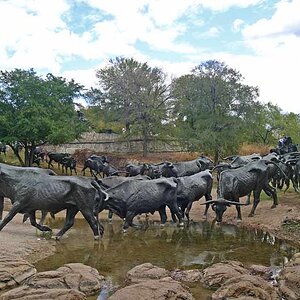
![[No title]](/data/xfmg/thumbnail/41/41922-e7a483d91c9d307d9bb8d6143d03889b.jpg?1619739944)


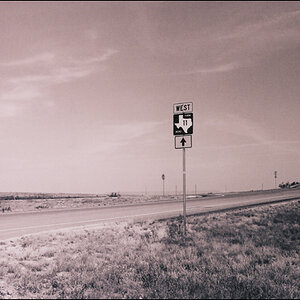

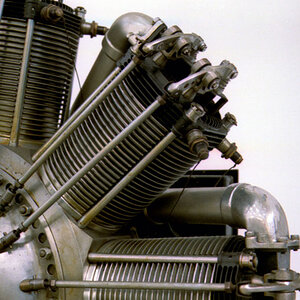
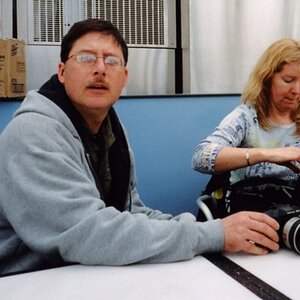


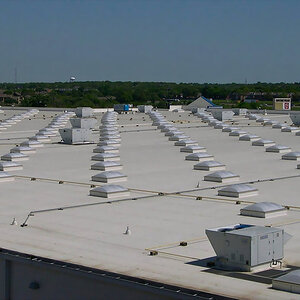
![[No title]](/data/xfmg/thumbnail/42/42275-2ca41f93a172e2e510afb46912a2bb61.jpg?1619740084)